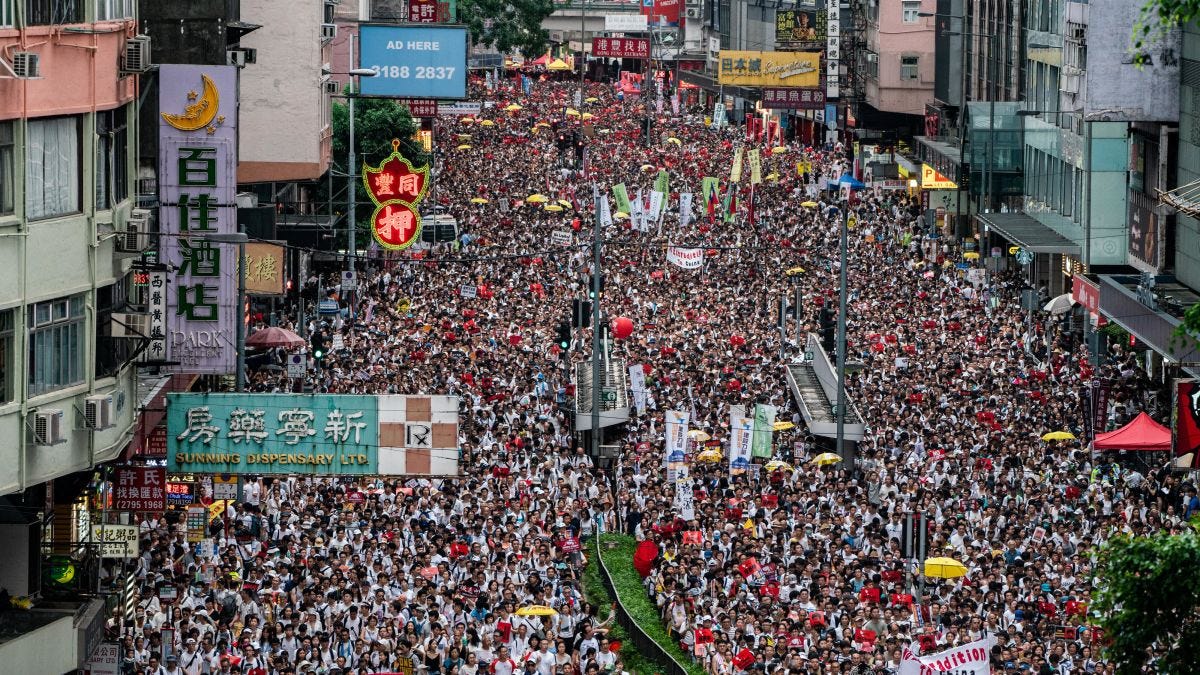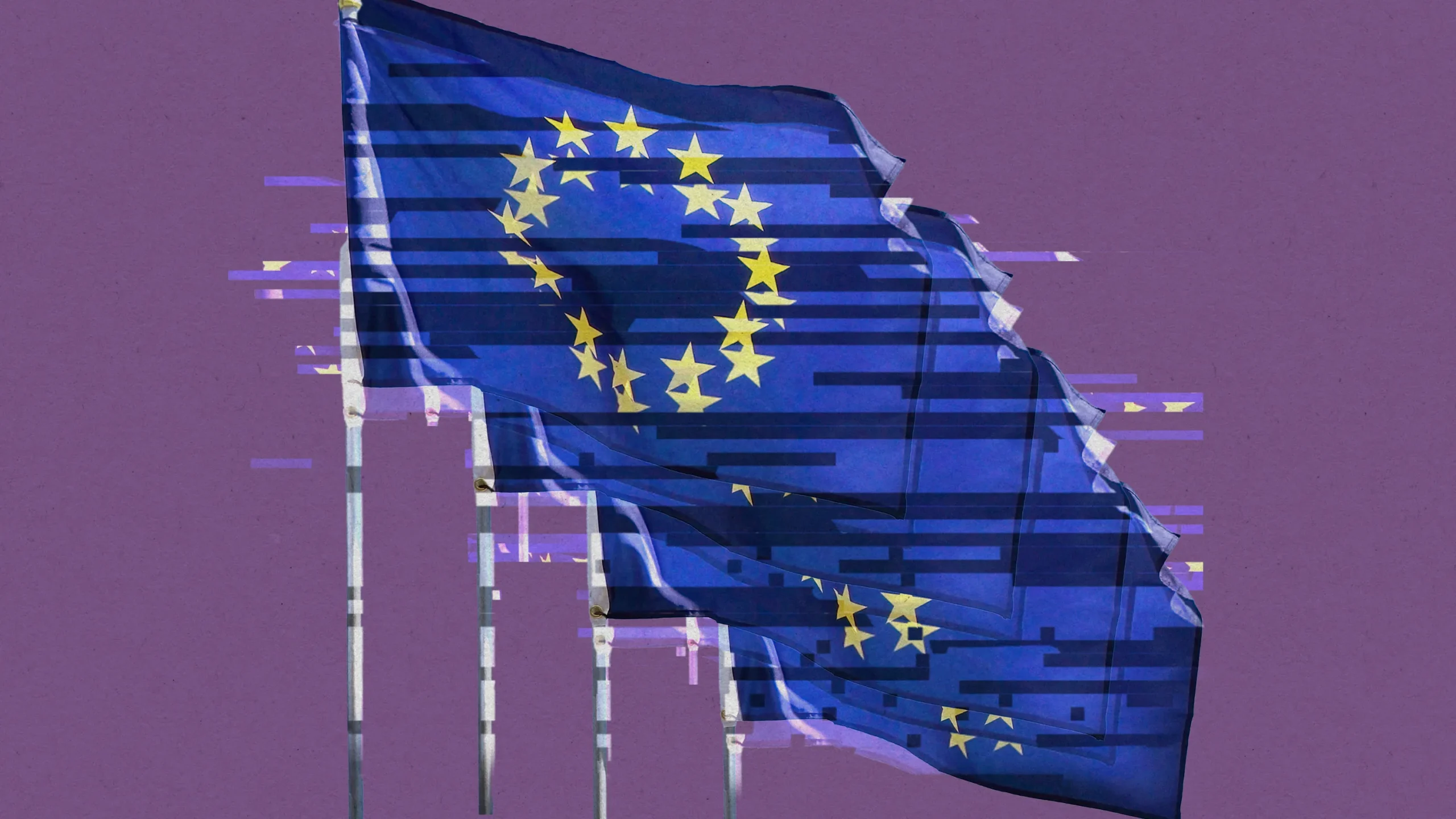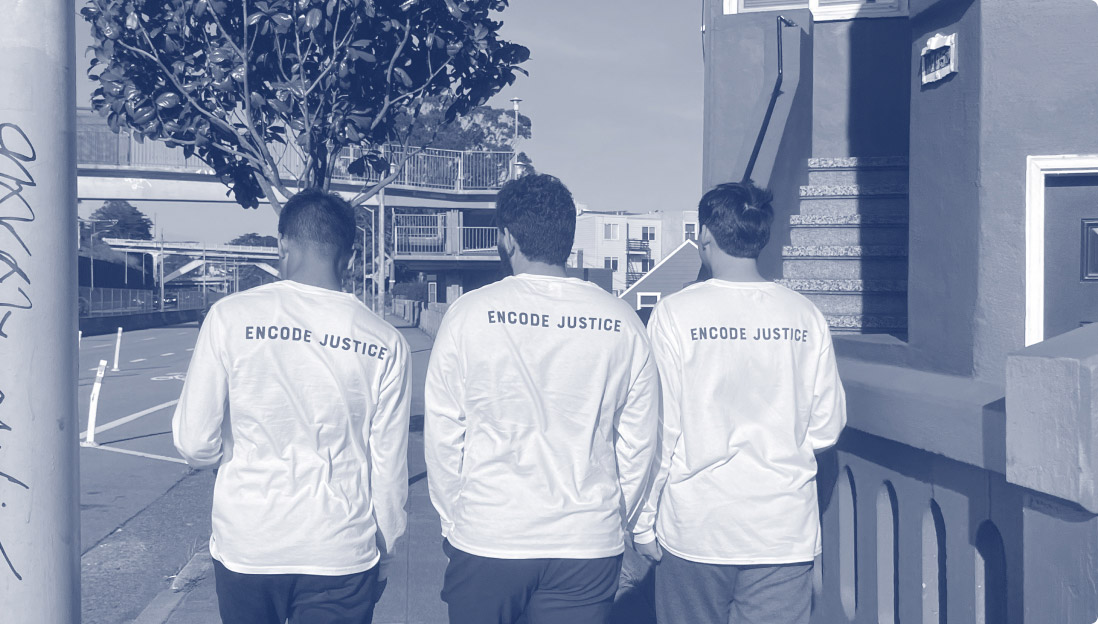
From spreading information to organizing mass protests, technology can be a powerful tool to create change. However, when used as a weapon, AI can be detrimental to the safety of protesters and undermine their efforts.
In the past few years, the vast majority of international protests have used social media to increase support for their cause. One successful mass international protest was the 2019 climate strike. According to the Guardian, about 6 million people across the world participated in the movement. Even though it began only as a one-person movement, social media enabled the movement’s expansion. Despite generally positive use, there were some negative uses. For instance, the spread of misinformation became a growing issue as this movement became more well-known. While some misinformation comes from opponents of the movement, the source for most misinformation remains unknown. Luckily though, almost all false information was soon fact-checked and debunked, and technology played a bigger role in strengthening these strikes than in taming them. Unfortunately, this is not always the case. The Hong Kong protest of 2019 showed how AI can be weaponized against protestors.
Mainland China and Hong Kong
In order to recognize the motivations behind the Hong Kong protests, it’s crucial to understand the relationship between mainland China and Hong Kong.
Until July 1, 1997, Hong Kong was part of the British Colony, but was given back to China under the condition of “One Country, Two Systems.” This meant that while Hong Kong was technically part of China, they still had a separate government. This gave the citizens of Hong Kong more freedom and afforded them a number of civil liberties not afforded to citizens of mainland China. Currently, this agreement is set to expire in 2047, and when it does, the people of Hong Kong will lose all of the freedoms they hold and be subject to the government of mainland China.
The one exception that would cause mainland China to gain power over Hong Kong is if an extradition bill was passed in Hong Kong. To put it simply, an extradition bill is an agreement between two or more countries that would allow a criminal suspect to be brought out of their home country to be put on trial in a different country. For example, if a citizen of Hong Kong was suspected of committing a crime in mainland China, the suspect could be brought to the jurisdiction of mainland China to be tried for their crimes. Many in Hong Kong feared the passage of this bill, and it was unimaginable until the murder of Poon Hiu-win.
The Murder of Poon Hiu-wing
On February 8, 2018, Chan Tong-kai and his pregnant girlfriend, Poon Hiu-win, left Hong Kong for a vacation to Taiwan where Chan Tong-kai murdered his girlfriend. About a month later, after returning to Hong Kong, he confessed to the murder. Because the crime happened in Taiwan, a country that Hong Kong does not have an extradition treaty with, Chan Tong-kai could not be charged for the crime. In order to charge Tong-kai for the murder, the Hong Kong government proposed an extradition bill on April 3, 2019. This extradition bill would not only allow Chan Tong-kai to be tried for his crime, but it would open doors for mainland China to put suspects from Hong Kong on trial. According to Claudia Mo, there are no fair trials or humane punishments in China, therefore, the extradition bill should not be passed. It seems that many citizens of Hong Kong agreed, and in 2019, protests broke out in Hong Kong to oppose the bill.
2019 Hong Kong Protests & Usage of Technology
The 2019 Hong Kong protest drew millions of supporters, but what began as peaceful protests soon became violent. Police use of tear gas and weapons only fueled the protestors’ desire to fight back against the extradition bill.
As violence erupted from the protest, both the protestors and the police utilized facial recognition to identify those who caused harm.
Law enforcement used CCTV to identify leaders of protests in order to arrest them for illegal assembly, harassment, doxxing, and violence. They even went as far as to look through medical records to identify injured protestors. Of course, there are laws limiting the government’s usage of facial recognition, but those laws are not transparent nor do the protestors have the power to enforce them.
Police officers also took measures to avoid accountability and recognition, such as removing their badges. In response, protesters have turned to artificial intelligence. In one instance, a young Hong Kong man, Colin Cheung, began to develop software that compares publicly available photos of police to photos taken during the protests to identify the police. He was later arrested, not in relation to the software he developed, but due to his usage with a different social media platform that aimed to release personal, identifying information of law enforcement and their families. Cheung, however, believes that his arrest is due to the software he developed rather than the one that he was simply associated with. Even after being released, he is still unaware of how he was identified and feels as though he is being monitored by law enforcement.
After the Protest
Although there are still protests against mainland China’s power over Hong Kong, the Extradition Bill was withdrawn in October 2019, marking a success for demonstrators. From the 2019 Hong Kong protest, the one question that remains is the usage of technology from law enforcement. As platforms and software used by protesters are revealed, the details of technology usage from police are unclear. The public does, however, know that law enforcement used tools such as CCTV with facial recognition and social media to track protestors, but the power of these technologies continues to be unknown. To this day, many still question whether the extent to which law enforcement used these technologies crosses the line of privacy everyone is entitled to as a human right.



